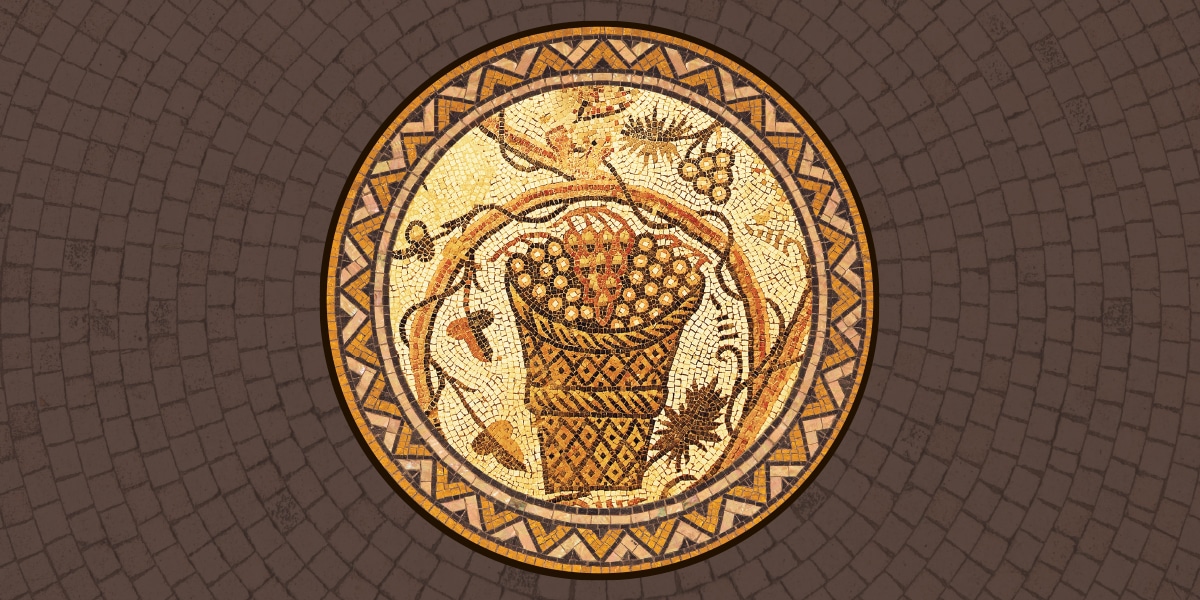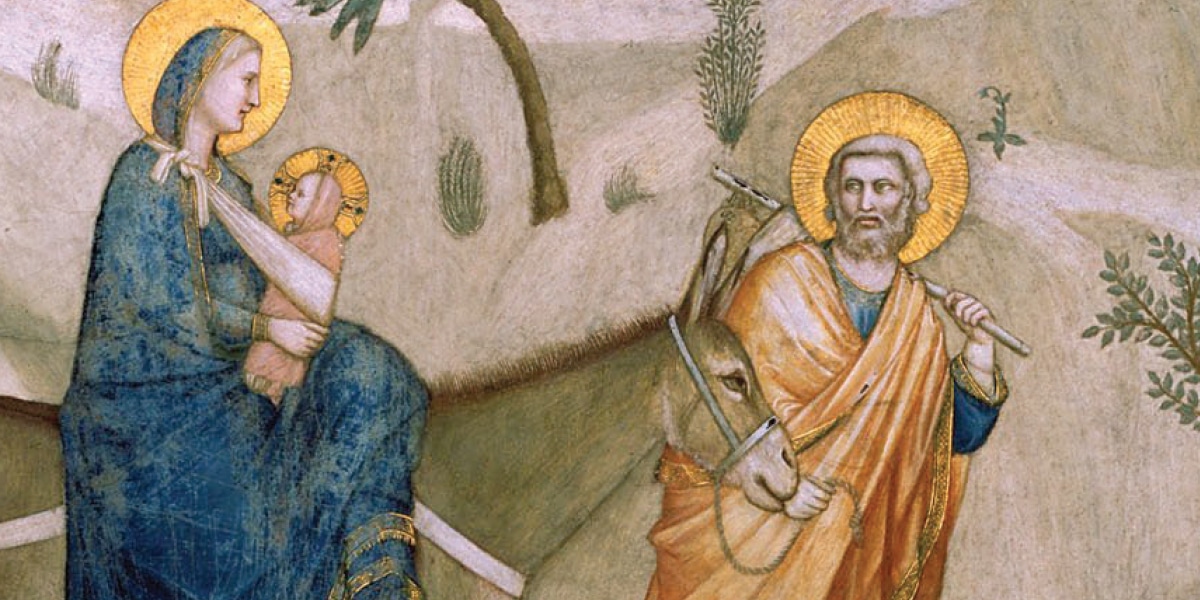READ
Lk 1:39-56
Mary set out and traveled to the hill country in haste to a town of Judah, where she entered the house of Zechariah and greeted Elizabeth.
CLICK HERE TO READ THE REST OF THE GOSPEL
UNDERSTAND | By Father Greg Friedman, OFM
Many science-fiction movies today portray a bleak picture of the future. Perhaps that’s because we live in a time of serious threats to our well-being, from COVID-19 to global warming and random violence.
Christians seek to be people of hope. Today we turn to a key figure in our salvation story for that hope. We celebrate our Catholic belief that Mary, when her earthly life was ended, was taken body and soul into heaven to share in the grace of the Resurrection of Christ her son. Besides celebrating Mary, this feast also holds a promise of hope for each of us.
In today’s second reading, Saint Paul tells us that the members of the Body of Christ will share in his Resurrection at the end of time, when death itself will be destroyed. Meanwhile, we live with that promise. God gives us the power to live our lives now in a new way.
Mary’s “Magnificat” grounds that promise in day-to-day living. She proclaims the wonderful things God has done—and will do—for her. But not only for Mary, but “for those who fear God in every generation.”
May we imitate Mary in the way we live our earthly lives—in the hope of future resurrection, but also in the assurance that God is with us here and now—a God who cares for the poor, lifts up the lowly, and liberates each one of us to live in hope!
CLICK HERE TO LISTEN TO THE AUDIO.
DISCUSS | By Father Dan Kroger, OFM
In the first reading (Rev 11:19a; 12:1-6a, 10ab), we hear about a vision of heaven where a great sign appeared. What was that sign?
What about the huge red dragon who stood before the woman?
What happened to her child when it was born?
According to the second reading (1Cor 15:20-27), how did sin enter the world?
How did the resurrection of the dead come about?
What is the last enemy of Christ to be destroyed?
In this week’s Gospel (Lk 1:39-56), when Mary went to visit her cousin Elizabeth what happened?
How did Mary respond to Elizabeth’s greeting?
Mary’s response is called a canticle. What is a canticle?
ACT
Draw a picture of what you think the dragon from the first reading would look like.
Do you have a close relationship with someone in your life like Mary and Elizabeth did? Let that person know what they mean to you with a note, phone call, or visit.








